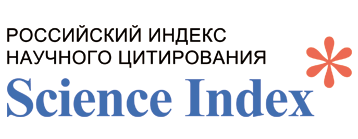SYNTHESIS AND STUDY OF MUCOADHESIVE PROPERTIES OF THIOLATED POLYMERS BASED ON POLYHYDROXYETHYLMETHACRYLATE AND 3-MERCAPTOPROPYLTRIMETHOXYSILANE
DOI:
https://doi.org/10.51580/2024-4.2710-1185.44Keywords:
buccal tablets, thiolation, adhesive properties, drug release, Ellman`s assay.Abstract
Abstract. Introduction. Mucoadhesive drug delivery systems, which adhere to mucosal surfaces,
facilitate prolonged retention and uniform release of active substances, enhancing therapeutic efficacy.
These systems include adhesive patches, gels, tablets, films, discs, nanoparticles and microspheres.
Polymers with mucoadhesive properties should be hydrophilic and possess sufficient functional groups to
form hydrogen bonds. Poly(2-hydroxyethyl methacrylate) (PHEMA) is a biocompatible hydrophilic
polymer widely used as a biomaterial. Modification of PHEMA with various functional groups could
potentially extend its application range. The purpose of this work is to chemically modify nonionic
PHEMA (20 kDa) using 3-mercaptopropyltrimethoxysilane (3-MPTS) to improve mucoadhesive
properties, presenting a novel approach in the field. The methodology of this work includes the synthesis
of PHEMA modified with 3-MPTS, determination of thiol group content, preparation and
physicochemical characterisation of model tablets, evaluation of adhesive properties to ex vivo buccal
tissues and drug release. The results indicated that the new method for synthesising thiolated PHEMA
significantly enhanced adhesion compared to unmodified PHEMA. The use of an acidic catalyst increased
the efficiency of this reaction, resulting in a polymer with greater thiol group content. The release of
prochlorperazine from PHEMA-MPTS· tablets occurred over 40 minutes, which is significantly higher
than the commercial product Bukastem. Conclusion. The developed buccal exhibited excellent
mucoadhesive properties and prolonged drug release.

















